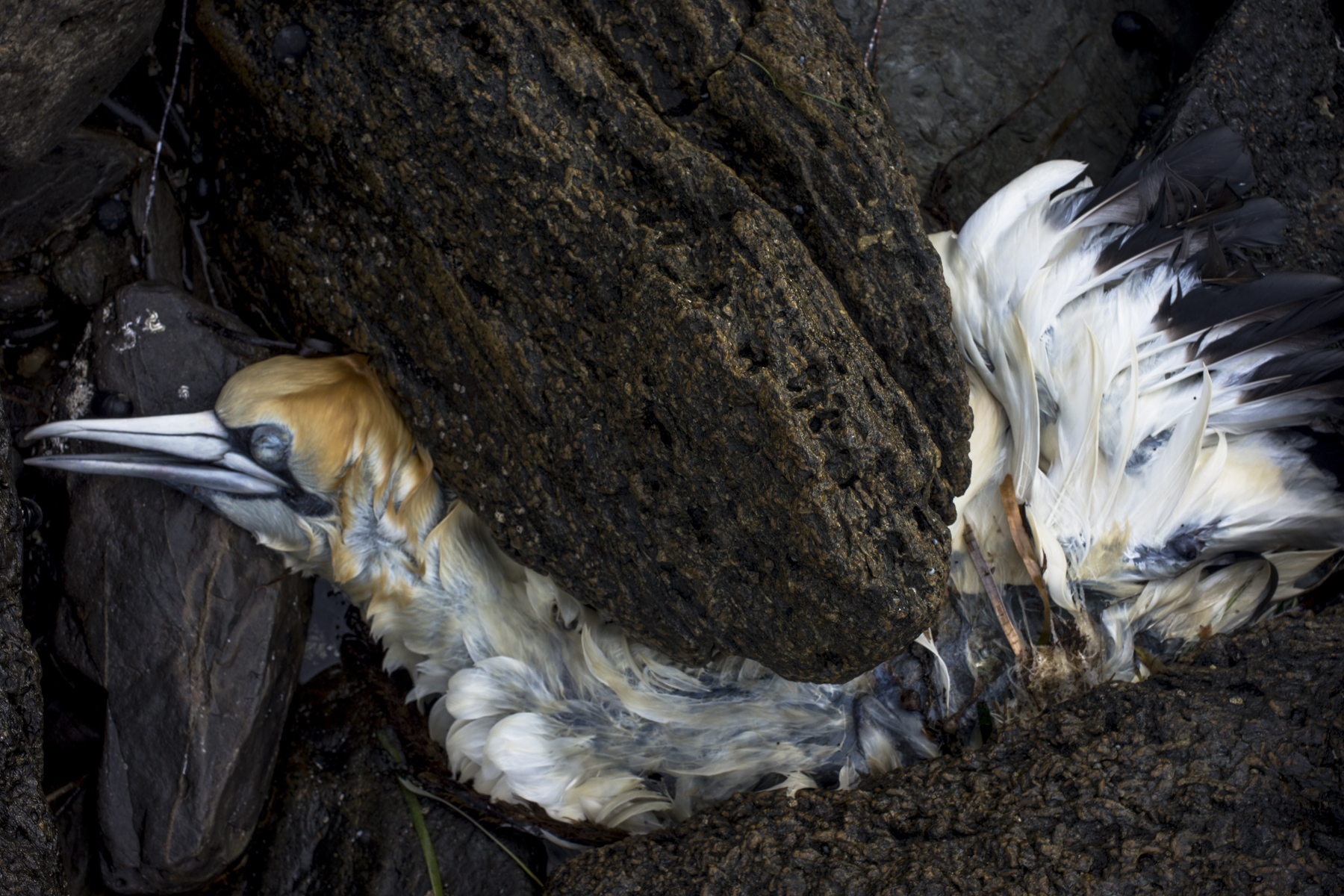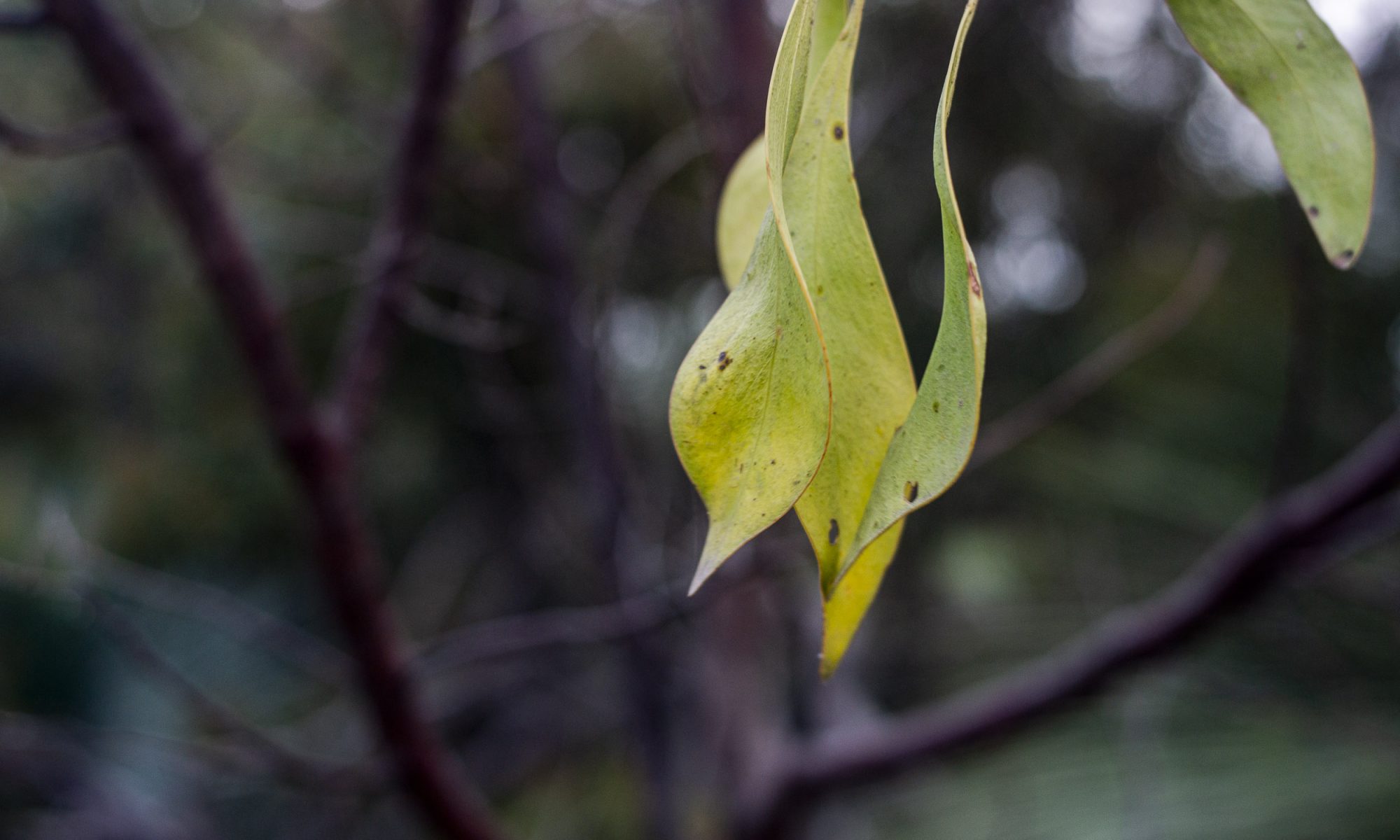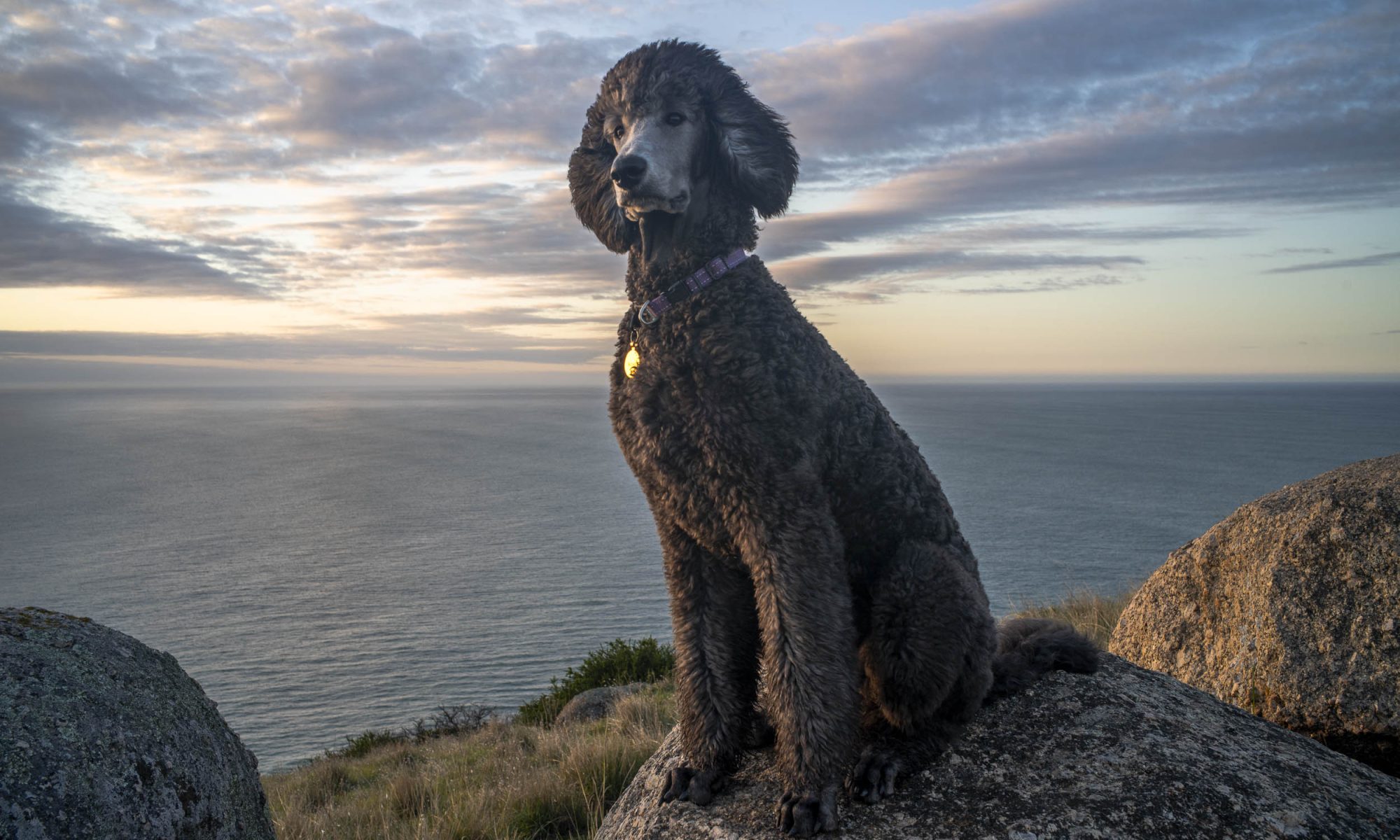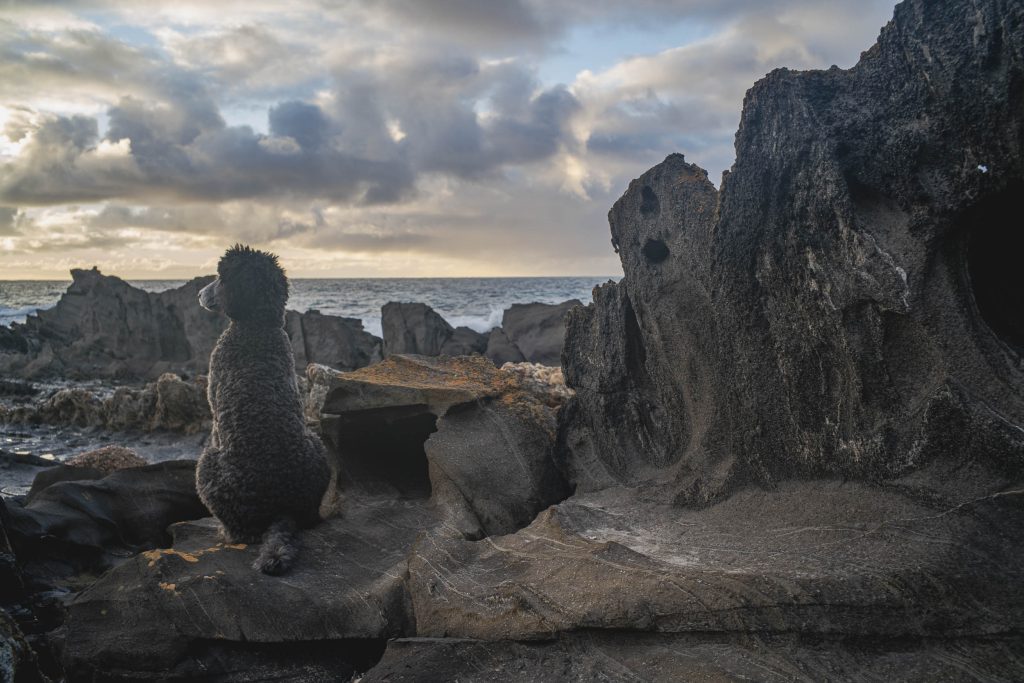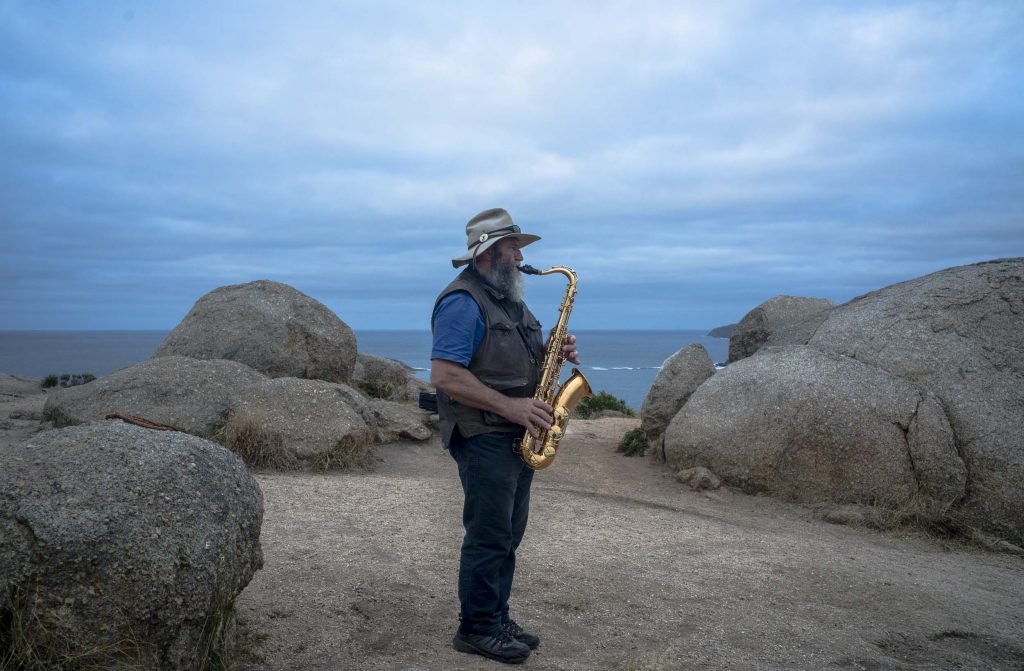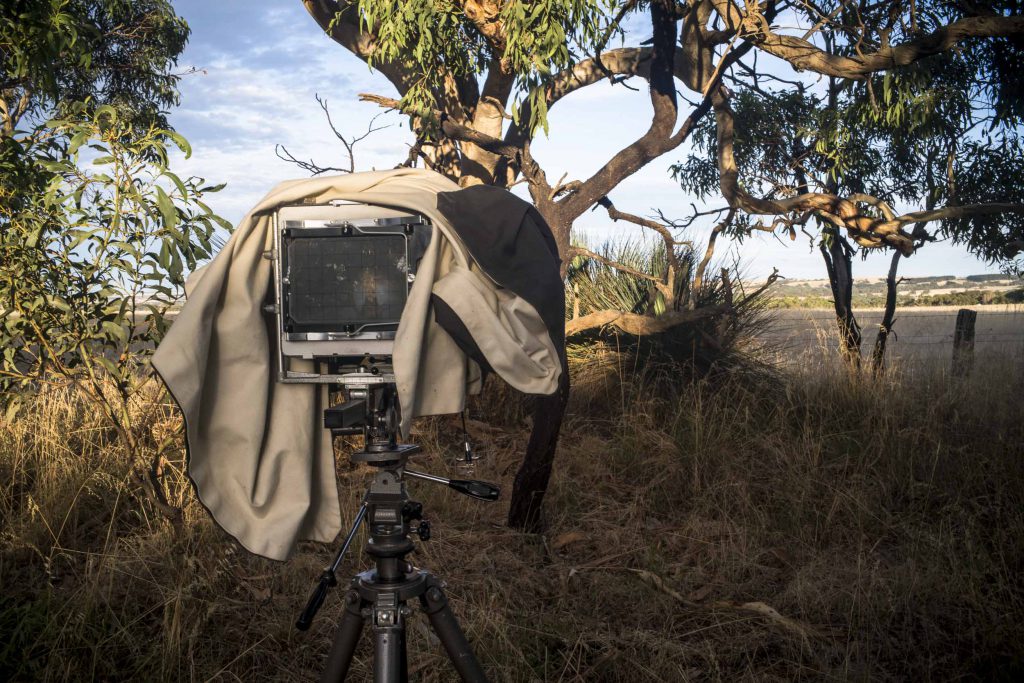I mentioned in this Rhizomes post that my still photography that is made whilst walking with the standard poodles in the local bushland has been in the process of changing. It had been changing from photography as a way of objectifying and distancing us from the world towards an understanding that the practice of photography is similar to the practice of meditation. Similar in the sense of paying mindful attention to whatever is occurring in the moment.
This is akin to the immersive processes that Walter Benjamin and Theodore Adorno called mimesis — – a basic open comportment to the world. Adorno held that a mimetic capacity is spontaneous, pre-reflective, non-conceptual and rational and that it is the moment of the elective affinity between knower and known. We have become oblivious of our immersive mimetic capacity in modernity since in Western history, mimesis has been transformed by Enlightenment science from a dominant presence into a distorted, repressed, and hidden force. In modernity art is a refuge for mimetic comportment.
In this post I will begin to unpack mimesis and how art is mimetic of the world in terms of meditiative walking and seeing in relation to photography by relying on Ken Hughes-Parry’s RMIT thesis Towards Nothing: Photographing through the lens of Zen Intuition.
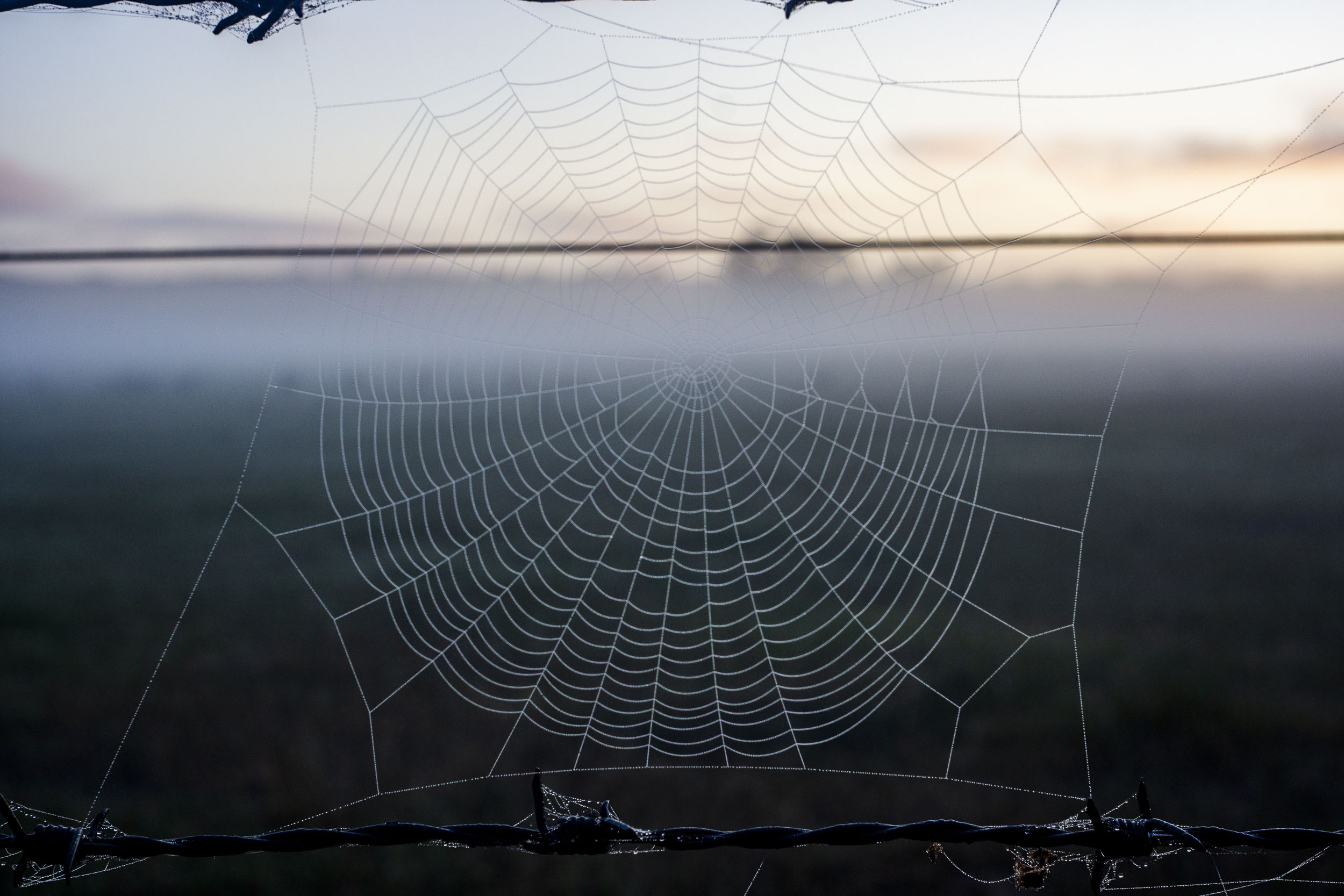
Initially mimesis as mediative seeing means that the automatic habitual view of the familiar world of an agricultural landscape that I am walking through in the early morning is replaced by being in a space with a keen sense of the unprecedented and unrepeatable configuration of each moment. In the photo below the particular moment of being in the world was a momentary one. The sun suddenly appeared in the background and the mist quickly evaporated.
This embodied clear seeing of a walking photography practice is less a form of contemplative state of mind and more of an empty one coupled to bodily awareness. It is a spontaneous intuitive seeing that is pre-conceptual. Embodied because the intuitive seeing is initially more felt and spontaneous than reflective ie., evaluating and judging the view around me for the sake of making a more considered composition.
